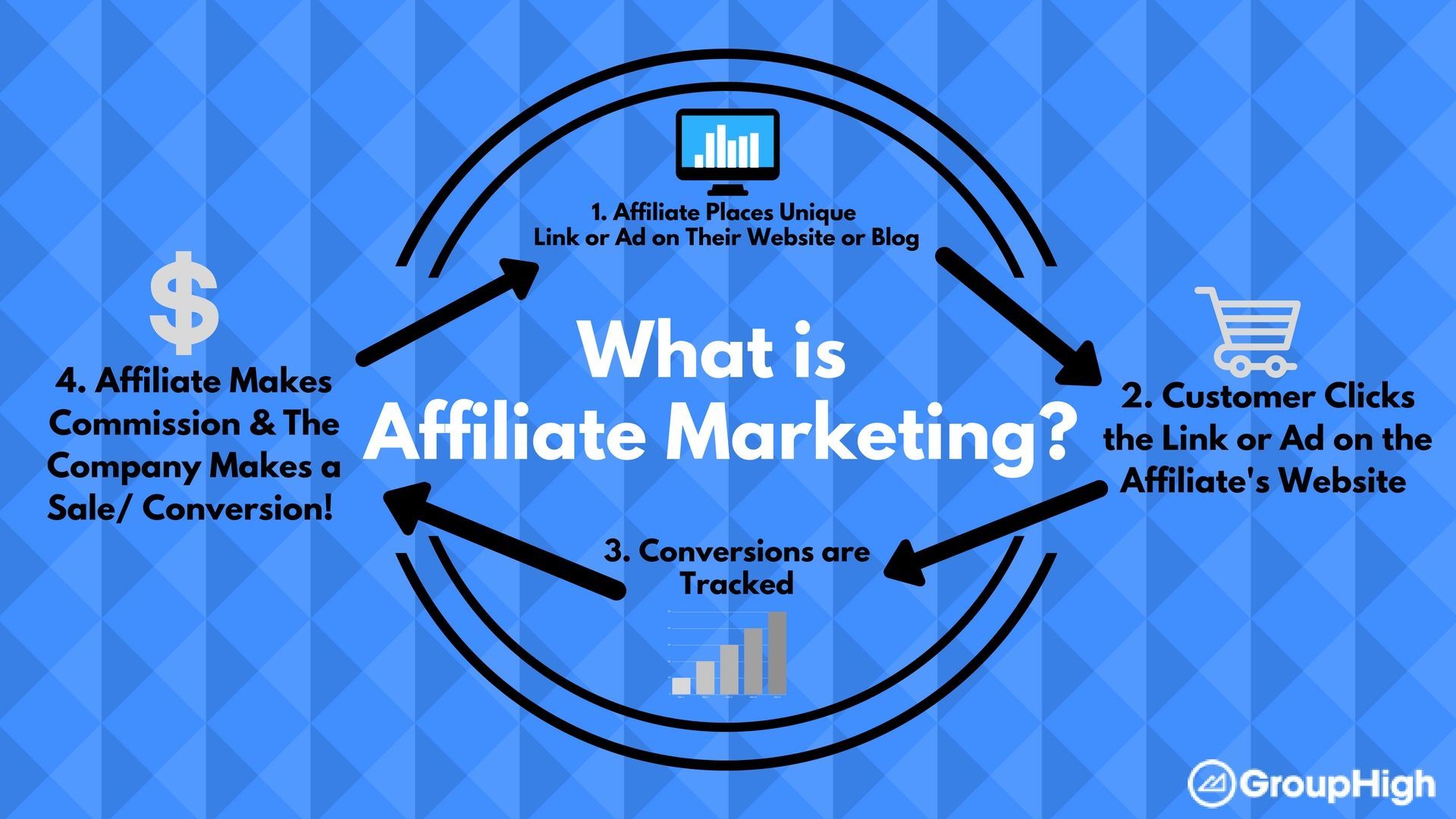Introduction:
In the ever-evolving landscape of digital marketing, affiliate marketing has emerged as a powerful and dynamic strategy that benefits businesses, individual marketers, and consumers alike.
This performance-based marketing approach leverages relationships between advertisers, affiliate marketers (also known as publishers), and consumers to drive sales and expand market reach.
In this article, we will provide a comprehensive overview of how affiliate marketing works, shedding light on the intricate web of partnerships and transactions that underlie this thriving industry.
Whether you’re a business owner looking to harness the potential of affiliate marketing or an aspiring affiliate marketer seeking to understand the ropes, this guide will offer you a clear big-picture view of the affiliate marketing ecosystem.
Affiliate marketing is a performance-based marketing strategy that involves three main parties: the advertiser, the affiliate marketer (also known as the publisher or affiliate), and the consumer. Here’s a big picture overview of how affiliate marketing works:
- Advertiser (Merchant or Retailer):
- The advertiser is a business or company that offers products or services for sale.
- They want to increase their online presence, reach a wider audience, and ultimately boost sales.
- Affiliate Marketer (Publisher):
- The affiliate marketer is an independent individual or entity, often a website owner, blogger, or social media influencer.
- They have an online platform and an audience that they can promote products or services to.
- The affiliate marketer partners with advertisers to promote their products or services.
- Consumer (Customer):
- The consumer is the end-user who visits the affiliate marketer’s platform (website, blog, social media profile, etc.).
- They are interested in the products or services being promoted by the affiliate marketer.
Here’s how the process works:
Step 1: Affiliate Program Setup
- The advertiser creates an affiliate program, which includes a unique tracking system, often utilizing cookies or tracking codes, to monitor the affiliate’s performance.
Step 2: Affiliate Marketer Joins
- The affiliate marketer joins the advertiser’s affiliate program. This typically involves filling out an application and getting approved.
Step 3: Promoting Products/Services
- The affiliate marketer selects specific products or services from the advertiser’s offerings to promote on their platform.
- They create content (such as blog posts, videos, or social media posts) that includes affiliate links or banners provided by the advertiser.
Step 4: Consumer Engagement
- Consumers visit the affiliate marketer’s platform and are exposed to the promotional content.
- If a consumer clicks on the affiliate link or banner and subsequently makes a purchase on the advertiser’s website, the affiliate marketer earns a commission.
Step 5: Tracking and Analytics
- The tracking system records the actions of consumers referred by the affiliate marketer.
- It tracks clicks, conversions, and sales to determine the affiliate marketer’s performance.
Step 6: Commission Payout
- The affiliate marketer earns a commission for each successful referral or sale.
- Commissions are typically a percentage of the sale value or a fixed amount, depending on the advertiser’s terms.
Step 7: Payment
- The advertiser pays the affiliate marketer the earned commissions, usually on a regular schedule (e.g., monthly).
Step 8: Continuous Promotion
- The affiliate marketer continues to promote the advertiser’s products or services to maintain a steady stream of income.
Affiliate marketing is an effective way for advertisers to expand their reach without significant upfront costs, as they only pay commissions on actual sales or conversions. For affiliate marketers, it offers the opportunity to monetize their online presence and audience engagement. It’s a mutually beneficial arrangement that thrives on performance-based incentives.
Conclusion:
Affiliate marketing stands as a testament to the ingenuity of the digital age, where collaborative efforts and performance-based incentives drive success.
It’s a win-win-win scenario, where advertisers gain exposure and revenue, affiliate marketers monetize their online presence and expertise, and consumers discover products or services tailored to their interests.
As technology continues to advance and the online marketplace grows, the world of affiliate marketing is poised to evolve further, offering even more opportunities for businesses and marketers alike.
By understanding the fundamental principles outlined in this article, you are better equipped to navigate the intricate landscape of affiliate marketing, whether you’re seeking to expand your business or embark on a lucrative journey as an affiliate marketer.



I must admit, this post is really good. In fact, it’s one of the best I’ve seen in a long time.
This is one of the best posts I’ve ready in quite a while. Nice work.
I just left a webpage similar to this one, but the information wasn’t as interesting as what’s here.